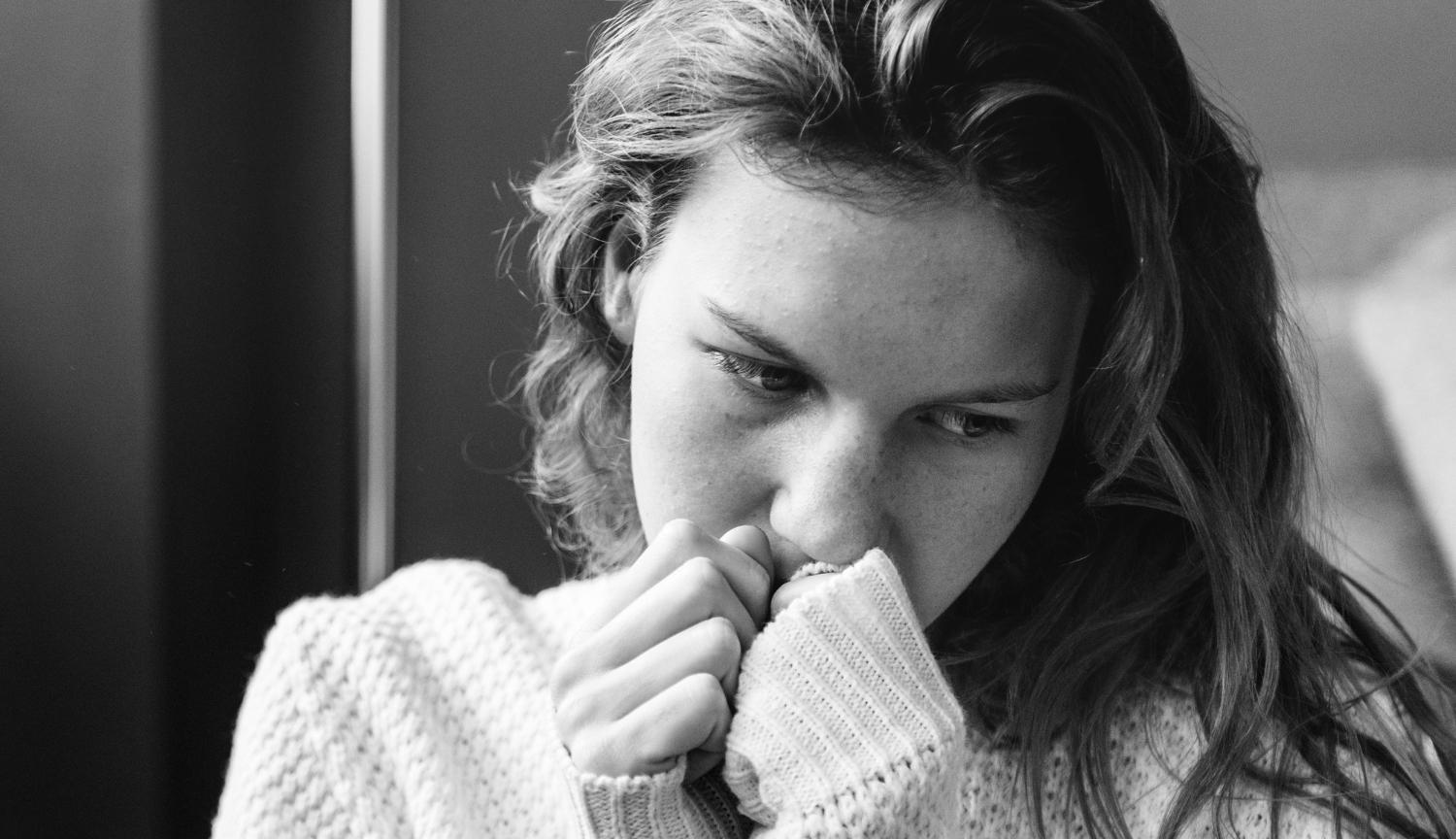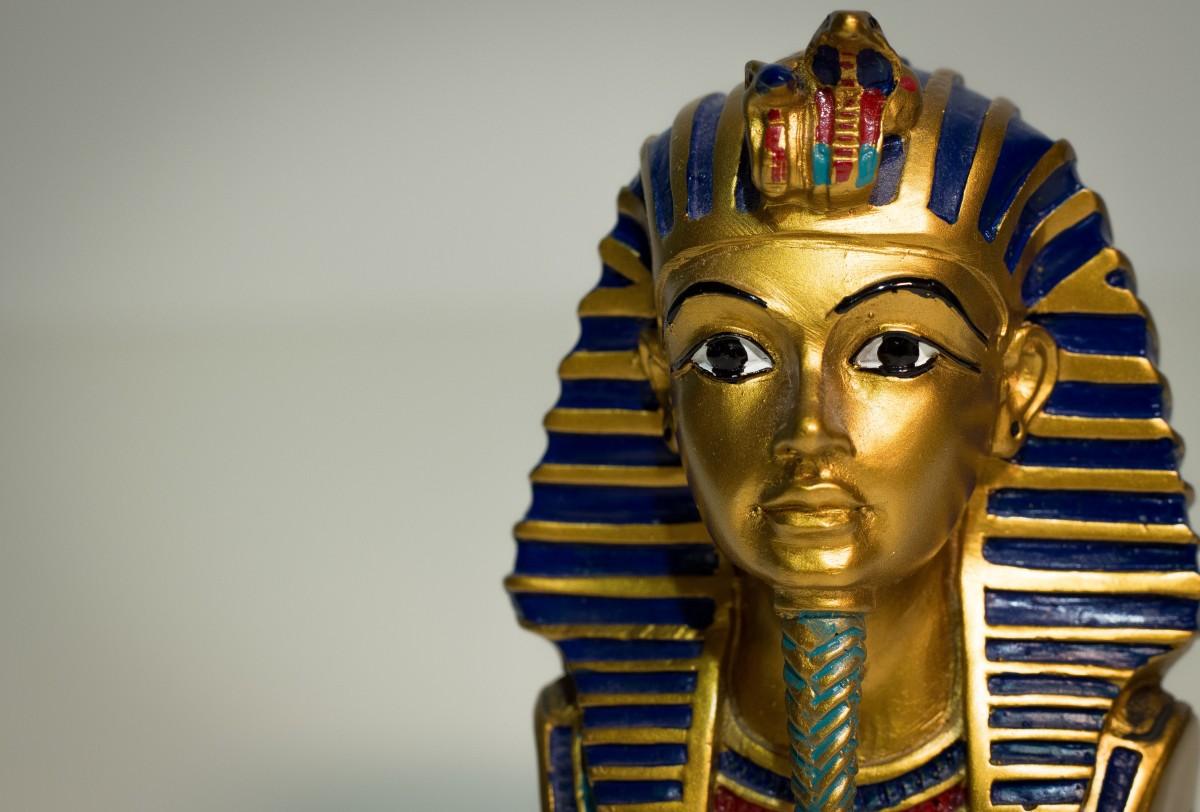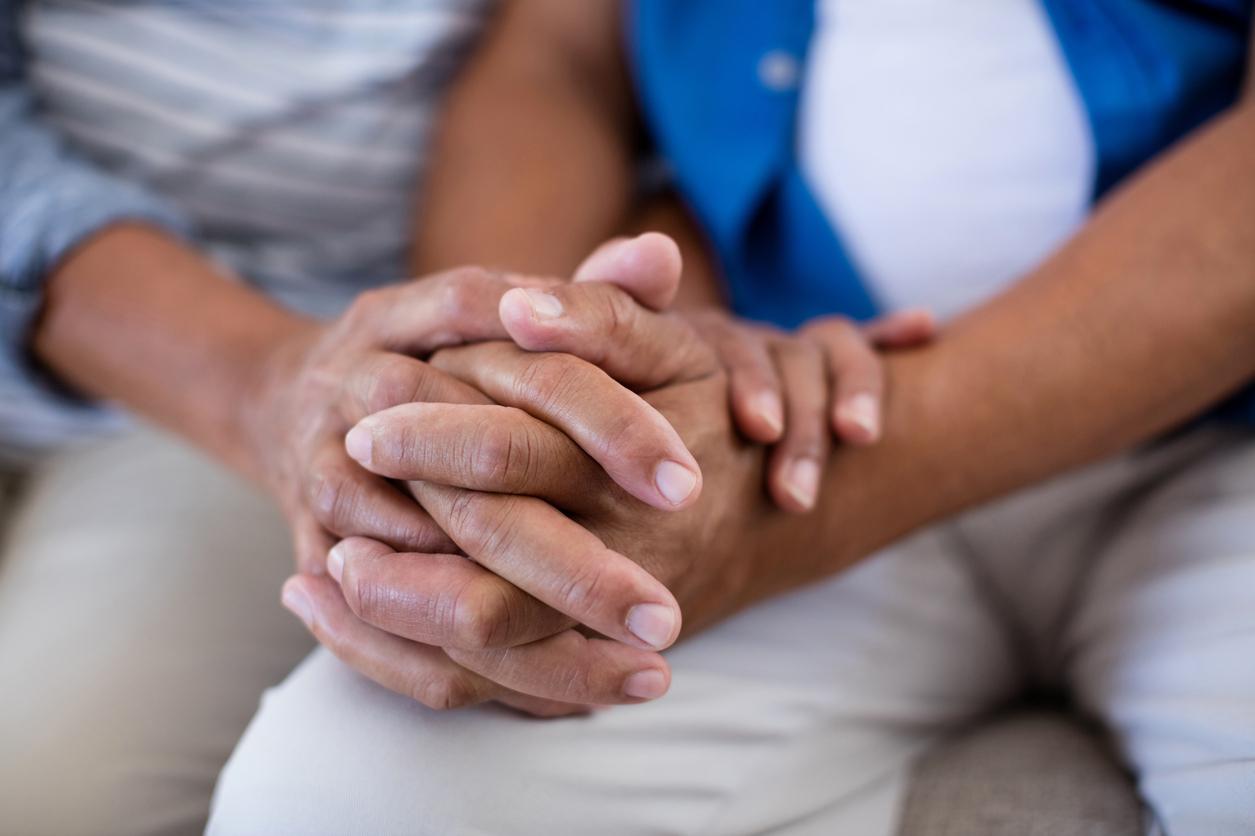Anxiety disorders include a number of problems. This category includes the following forms: generalized anxiety, social phobia, specific phobias (eg insect phobia, fear of open or enclosed spaces), panic attack, obsessive-compulsive disorder and post-traumatic stress.
Anxiety is a very common problem in everyday life. About 25% of the population suffers from anxiety that would require treatment at some point in their lives. Another 25% have less severe anxiety (eg fear of mice or spiders).
The difference between anxiety and fear
Each of us has gone through experiences of intense fear, which is a normal human emotion, and which helps us face danger. But some people experience a very intense and irrational fear, which is not justified by the presence of a dangerous situation.
An anxious person continues to feel a permanent anxiety that interferes with their daily life. It may indicate the presence of an anxiety disorder. Summarizing the above, the anxiety felt by a person is a very intense and unjustified fear of a real danger.
Symptoms of anxiety disorders
Their main characteristic is the feeling of fear and / or chronic (constant), repetitive, anxious thoughts, which represent an element of stress for the person and which interferes with the activities of their lifes (for example if a person is afraid to go to interviews because there they should interact with strangers, they will avoid that situation, fearing that no matter how intelligent they are, they would not get the job, even if what they are currently doing does not give them the desired satisfaction).
Other symptoms common to all types of anxiety:
– physical reactions – ex. sweating, tremors, rapid heartbeat, breathing difficulties, nausea, fainting.
– dysfunctional thoughts – eg: “If I speak in front of the public and I say something wrong, everyone will think I’m stupid.”
– avoidance behavior – an anxious person can end up avoiding a lot of situations. The fact that they have negative thoughts and irrationally evaluates situations that cause anxiety, very intense negative emotions, strong physical reactions, and possibly negative experiences, places the person in a vicious circle, from which they can not get out (eg student T. is very anxious to present a paper to the public, but he has to defend his dissertation.
He has been very anxious for a whole week and has studied a lot to make everything perfect and not fail, but the fact that before defending the dissertation he thought many times that this presentation must be perfect, otherwise the teachers will consider him stupid, caused him very intense emotions which obviously caused small failures in the presentation, which he later interpreted as catastrophic mistakes and did not want to present works in front of several people, resulting in the fact that he now avoids these types of situations).
Types of anxiety disorders
Generalized anxiety. It is the exaggerated fear and worry about common things. The center of anxiety can be represented by friends, family, health, work, money or missing an important meeting (in fact everything that is important to the person can capture the center of attention as a focus of anxiety).
We talk about generalized anxiety if excessive care is present almost every day for 6 months, and if the person has difficulty controlling anxiety.
In addition, the person may experience one or more of the following symptoms:
– irascibility and slight irritability;
– fatigue;
-insomnia;
– concentration problems; (inability to think)
Social phobia
It consists in the fear of evaluation and negative judgment of other people. That’s why people with social phobia are afraid to do something that could humiliate them in front of the public – e.g. speaking in public, using public toilets, eating or drinking in public, or any other social situation including party or / and work behavior.
Those who suffer from social phobia may feel fear in one case, or in several situations. This fear can lead to the avoidance of those situations, which can later lead to isolation.
Specific phobias
A person with a specific phobia feels a persistent and irrational fear of a specific object or situation. Fear can occur towards certain animals, places or people, and can be so intense that the person will show intense physical symptoms or panic attack.
These phobias can refer to dogs, blood, storms, spiders, needles, or other objects and situations, but in any case the anxiety is exaggerated and disturbing.
Adults who suffer from phobias are usually aware that their fear is exaggerated and irrational. In any case, their need to avoid the object, situation or person underlying the fear may restrict their lives.
Panic disorder
Panic attacks are common in the human population compared to panic disorders, which are less common. Panic attacks may not be related to a particular situation, but may occur spontaneously. For a person to be diagnosed with panic disorder, they must have about 4 panic attacks per month over a longer period. Panic disorder can be diagnosed if panic attacks are frequent and there is an intense and persistent fear of another panic attack.
Obsessive-compulsive disorder (OCD)
People who have this disorder have thoughts (eg a woman has the feeling that her husband is cheating on her without having any clues) or intrusive, involuntary and unwanted impulses (obsessions).
At the same time they feel forced to perform mental and behavioral rituals, such as. excessive hand washing, excessive frequent showers (several times a day), or repetitive checking of certain things (eg if they have locked the door, or turned off the stove). They are usually aware of the irrationality and excessive nature of their behaviors or thoughts.
Post-traumatic stress disorder (PTSD)
It appears after an extremely traumatic event. The event may be recent (eg, car accident, physical abuse) or may have occurred in the past (eg, childhood sexual abuse).
Reactions of suffering, shock and anger are normal reactions after traumatic events. People with PTSD experience severe, prolonged and intrusive reactions that dramatically affect their daily lives.
These may include intrusive thoughts or images about the traumatic situation, which are just as, or even more stressful than the original event. Usually people begin to avoid situations or events that remind them of trauma, including similar places and situations.
Anxiety disorders can have serious effects
An anxiety disorder can lead to social isolation and clinical depression, can impair a person’s ability to work, learn and perform routine activities. It can damage relationships with friends, family and colleagues. Depression can be a very serious illness with an increased risk of self-destruction and suicide.
Healing is possible with treatment
Healing of anxiety disorders is possible with the help of specialized treatment and assistance. Effective treatments for anxiety disorders may include:
- Cognitive behavioral therapies – which aim to change the thinking patterns, beliefs and behaviors that can trigger anxiety. Part of the therapy may include gradual exposure, through which the person is exposed to situations that cause anxiety. The process is called desensitization.
- Anxiety management and relaxation techniques – e.g. hypnotherapy, meditation, breathing exercises, etc.
- Medication – includes antidepressants and sedatives.
Untreated anxiety can have serious effects on a person’s life, as well as on their relationships!









